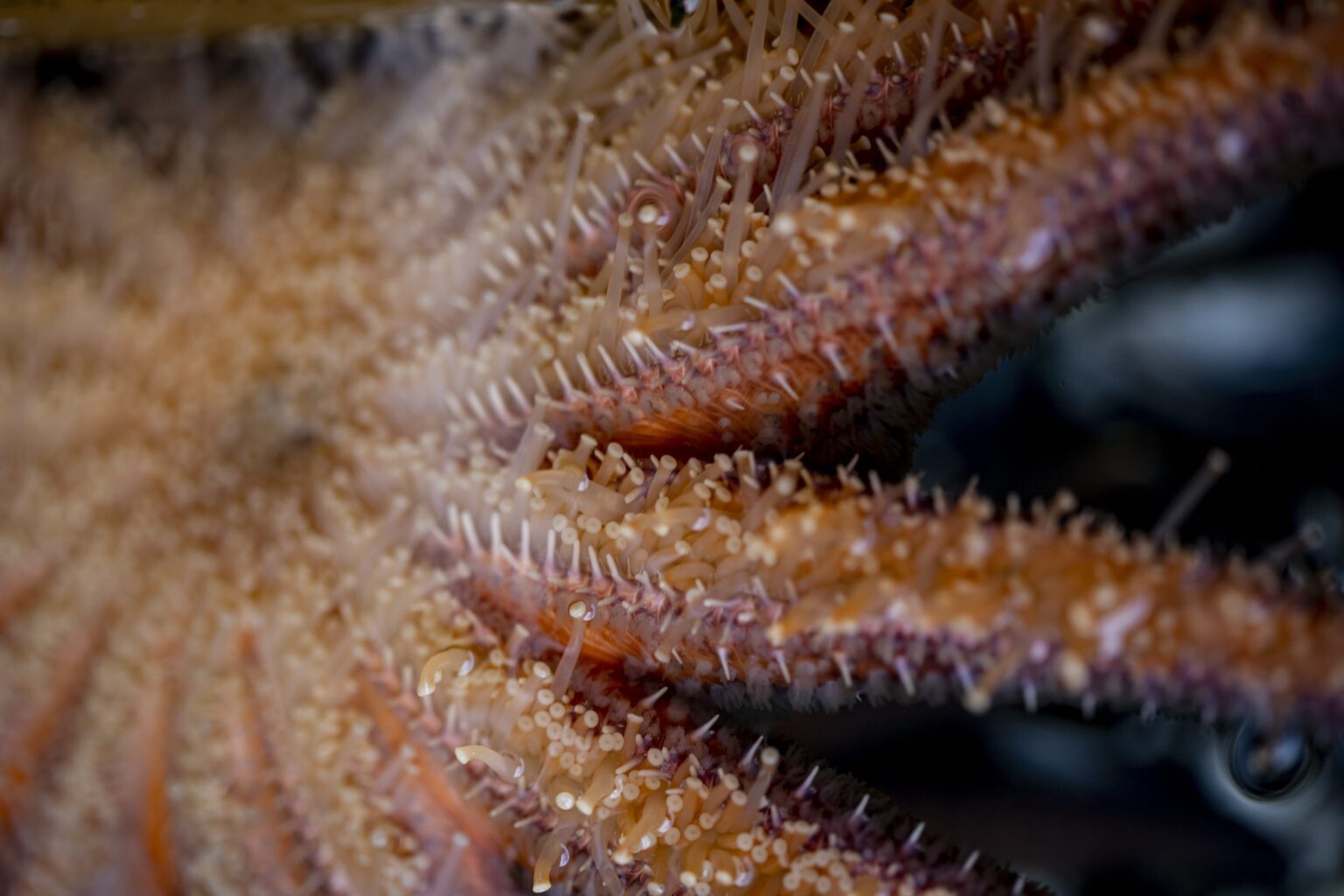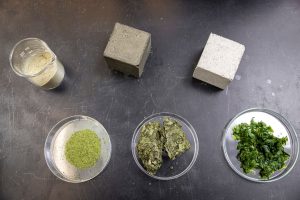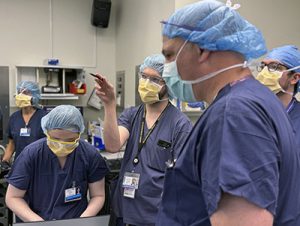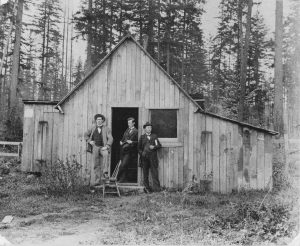Fall 2025 news and research briefs from the UW
From sea stars to dark matter, we present news bites from the UW.

The underside of an adult sunflower sea star at UW Friday Harbor Laboratories. Dennis Wise/University of Washington
Did you know that UW researchers finally figured out why sea stars are rapidly dying? Billions of sea stars have been wiped out by a bizarre wasting disease since 2013. That includes more than 90% of the once-common sunflower sea stars, which support kelp forests by eating their biggest predators, kelp-eating sea urchins.
But an international research effort including scientists from the UW found the cause: a strain of the bacterium Vibrio pectenicida, a “sneaky critter” that “doesn’t show up on histology like other bacteria do,” according to Drew Harvell, a professor in the School of Aquatic and Fishery Sciences and Friday Harbor Laboratories. Researchers hope the discovery will help guide management and recovery efforts for sea stars and their ecosystems.
That major discovery is just a snippet of news from the University this fall. Read on for research on sea stars, dark matter, stroke rehabilitation and more.
Technology Innovation Masters graduate students Sam Cole (foreground, left), Kaiwen Men (background) and Haokun Feng (foreground, right) work with Aquabot 2.0, a low-cost system that helps track sea star populations.
Sea star tracking
A marine heat wave hit the West Coast 10 years ago, contributing to the collapse of the sunflower sea star in the waters off California. Without sea stars to keep their population in check, native purple sea urchins surged in numbers, devastating kelp forests. Students in the Technology Innovation Master’s program at the UW’s Global Innovation Exchange developed an underwater robot named Aquabot 2.0 and an AI-powered dashboard to improve the process of tracking sea star populations. The team is working with the UW Applied Physics Lab and Friday Harbor Labs.

The NSF-DOE Vera C. Rubin Observatory on Cerro Pachón in Chile. Photo courtesy NSF-DOE Rubin Observatory/AURA/B. Quint.
Mapping the night
Perched in the Chilean Andes, the Vera C. Rubin Observatory gave the world its first glimpse through the 8.4-meter Simonyi Survey Telescope in June. The Legacy Survey of Space and Time will help unravel the mysteries of dark matter, dark energy and the history of our solar system. The observatory is a joint initiative of the National Science Foundation and the Department of Energy’s Office of Science. UW faculty, students and engineers helped design the observatory, built its imaging software and developed algorithms to process the massive amounts of data it collects.

From seaweed to structural material: A seaweed called Ulva (righthand petri dish) is dried (center), powdered (left) and then mixed directly in with traditional cement (beaker). The darker cement cube (top center) contains 5% seaweed by weight. Photo by Mark Stone.
Greener concrete
Researchers at the UW and Microsoft have developed a low-carbon concrete by mixing dried, powdered seaweed with cement, cutting the concrete’s global warming potential by 21% while maintaining its strength. Cement production is responsible for up to 10% of global CO₂ emissions, but the inclusion of seaweed offers a more sustainable solution.

Several members of the brain device implant team in the operating room with neurosurgeon Jeff Ojemann (foreground) and neuromodulation engineer Jeffrey Herron (center). Photo by Susan Gregg.
Helping stroke survivors
In a medical first, UW Medicine neurosurgeons have implanted a brain device to restore movement in stroke survivors. This study could reshape rehabilitation for the 800,000 Americans who have a stroke each year—and the millions already disabled by one. Says Dr. Jeffrey Ojemann, of the UW School of Medicine: “We want to see whether by stimulating the brain during rehabilitation sessions we can help them regain more function.”

A UW men’s dormitory in 1905, when tuition was free. Photo courtesy of University of Washington Libraries, Special Collections, UW3974.
120-year legacy of liberty
In 1905, the UW received its very first cash-endowed gift: the Philo Sherman Bennett Prize, a $400 bequest from the East Coast businessman. The money funded a $25 annual award to political science students for “the best essay discussing the principles of free government.” Today, the endowment distributes about $1,000 a year.